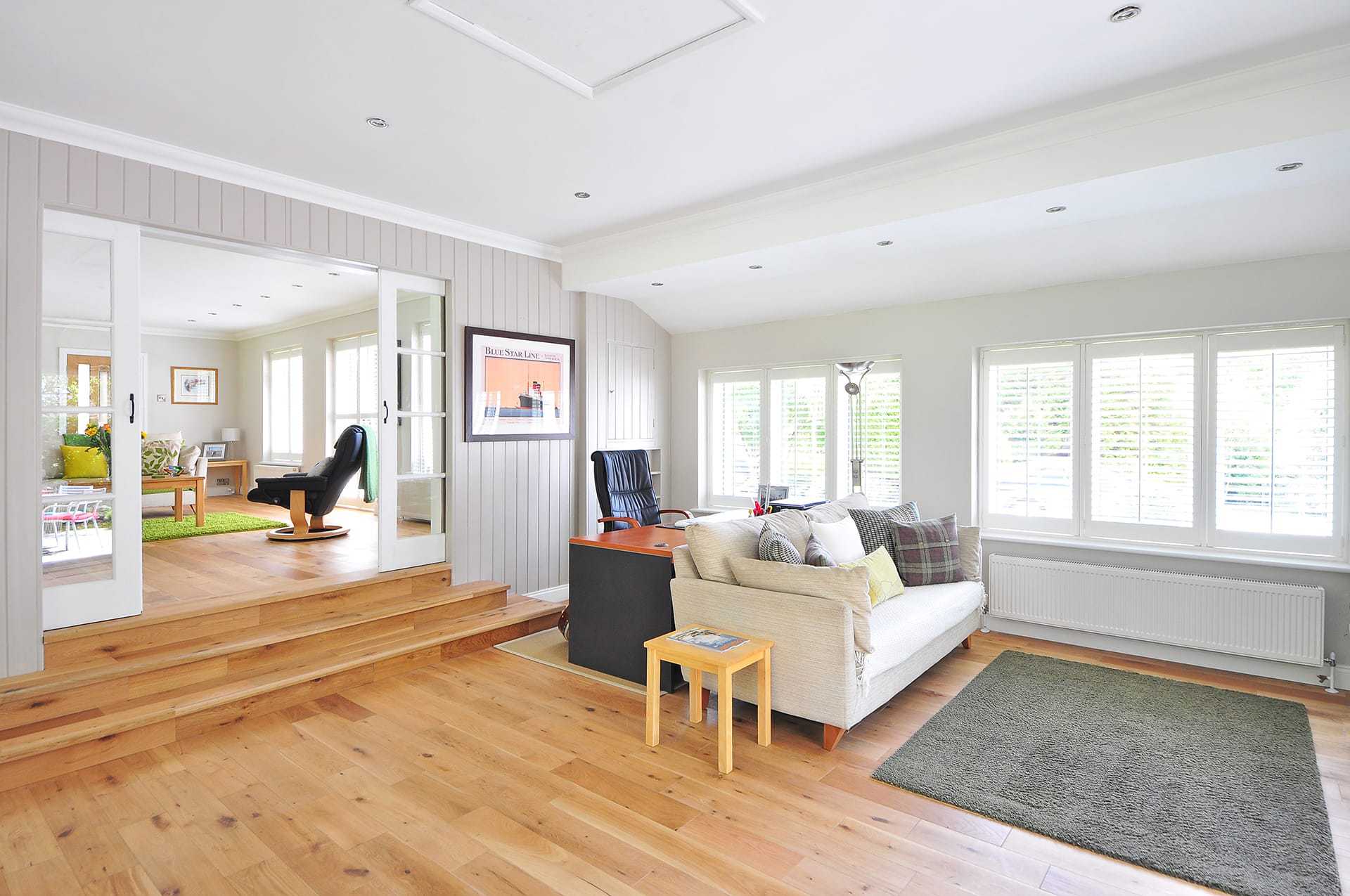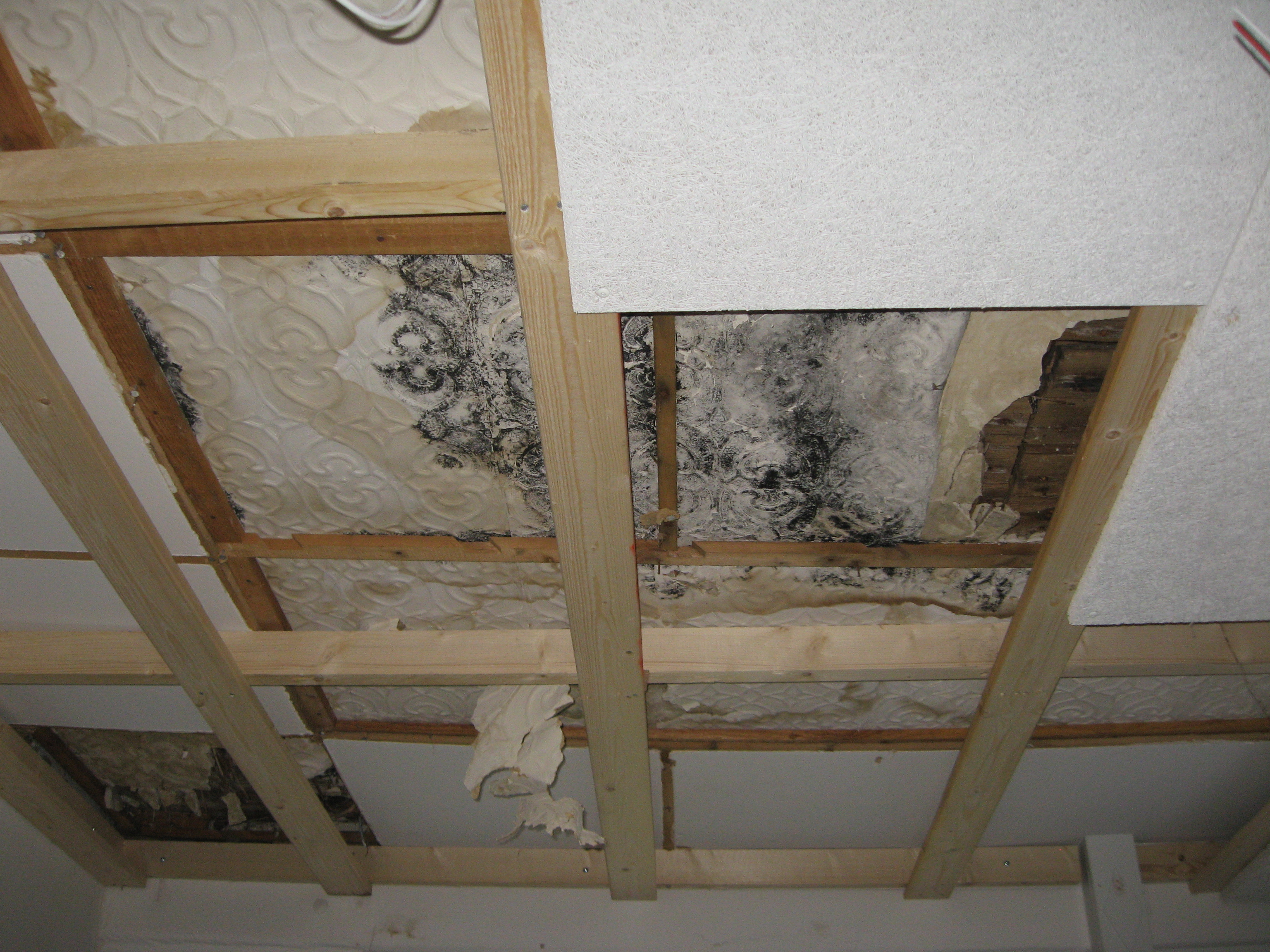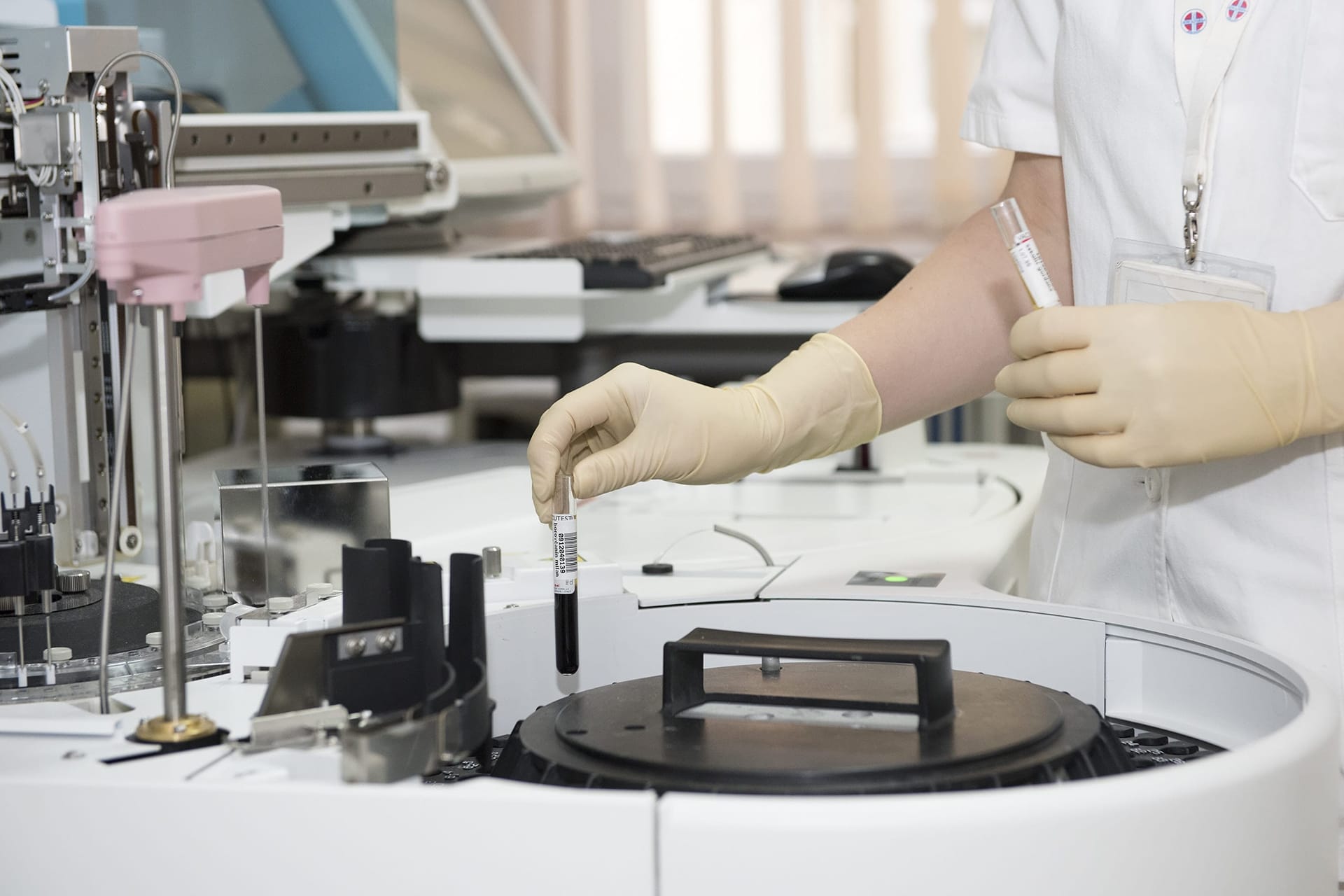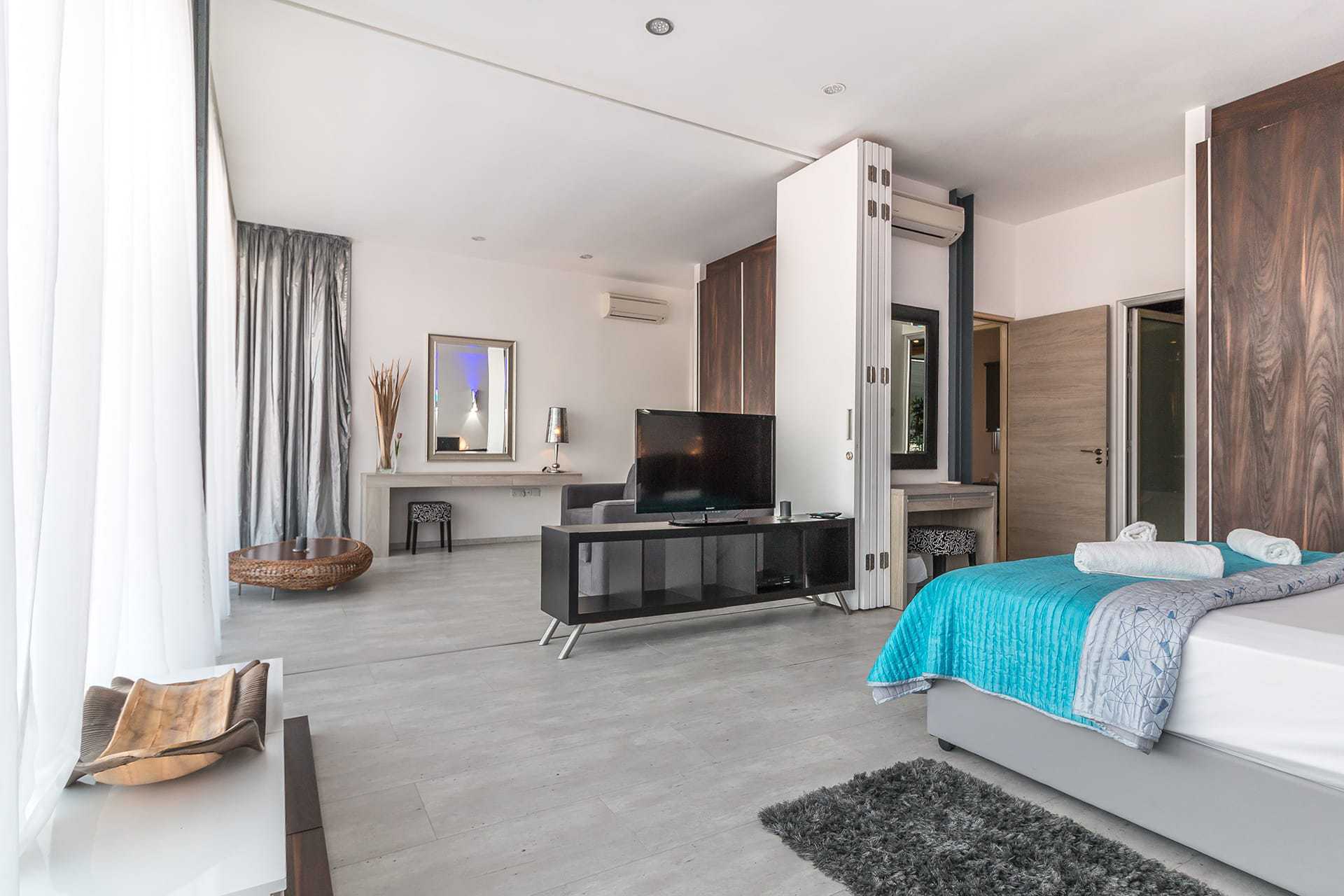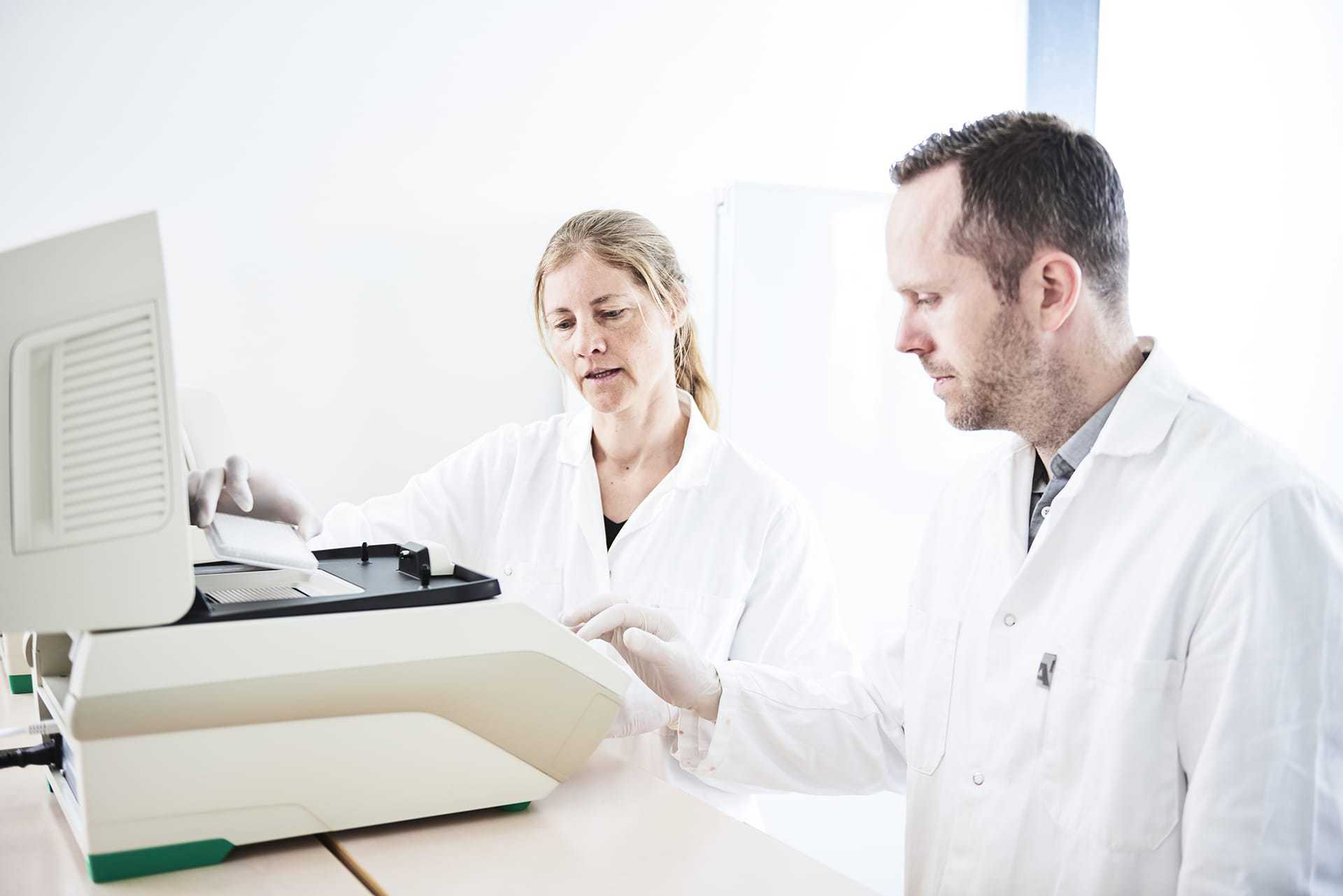
CoronaSurface TripleTarget™
COVID-19
The COVID-19 coronavirus disease, caused by severe acute respiratory syndrome coronavirus 2(SARS-CoV-2), has spread worldwide and is an acute threat to global health.
The virus has proven to be extremely contagious and can spread through droplets from the nose or the mouth when a person with COVID-19 coughs or touches his or her face. Then other people can be infected by SARS-CoV-2 by touching contaminated objects or surfaces, and subsequently by touching their eyes, nose or mouth. Studies have shown that the SARS-CoV-2 virus may persist on surfaces from a few hours up to several days.
Increased cleaning and disinfection of building interior can decrease the risk of spreading the disease significantly. HouseTest’s CoronaSurface Triple Target™ has been developed to detect the SARS-CoV-2 on surfaces to evaluate if they pose a potential threat as vectors for transmission of the virus.
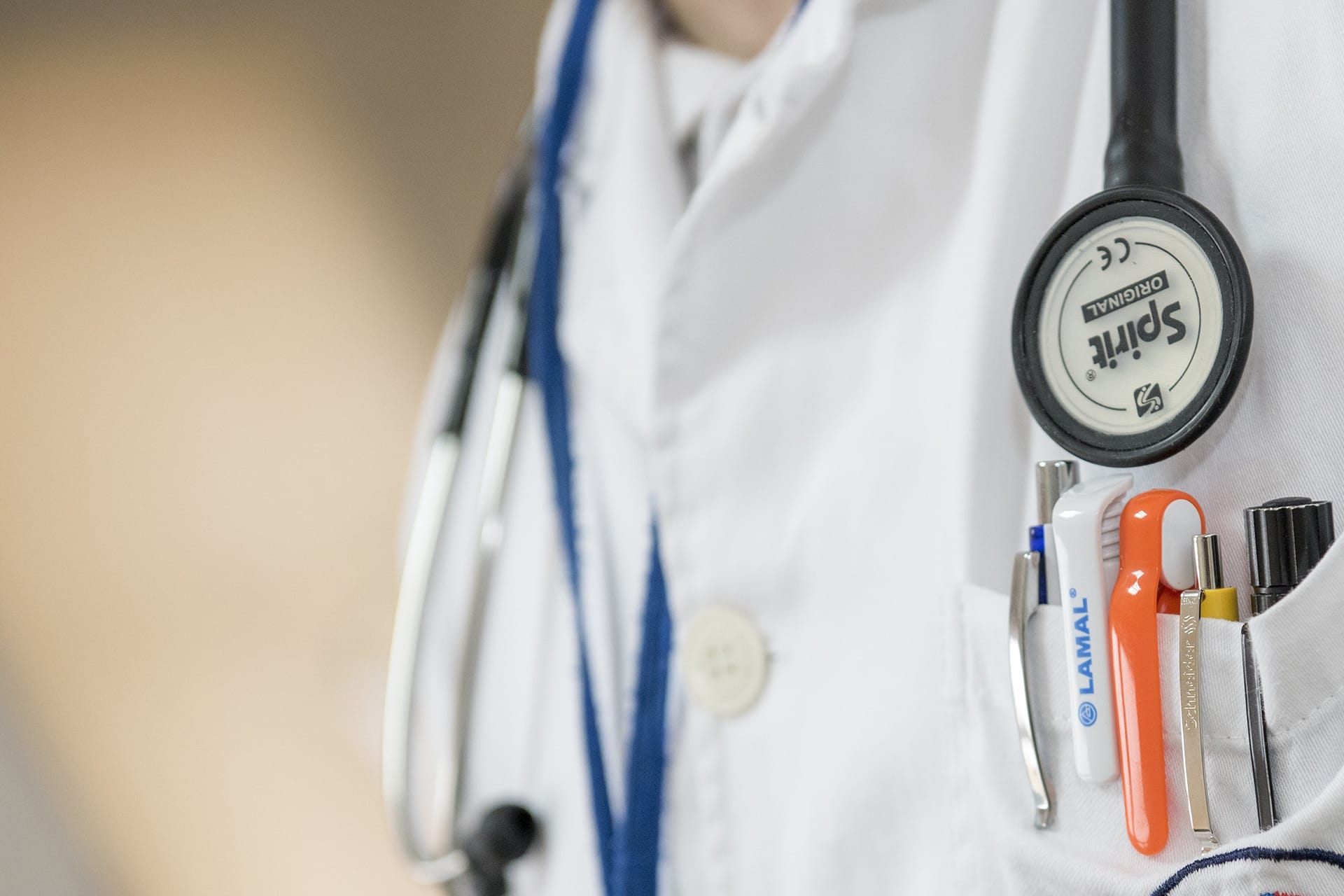
CoronaSurface TripleTarget™
The analysis is based on RT qPCR technology where the viral RNA is identified and quantified as recommended by WHO. With CoronaSurface TripleTarget™ the technology has been improved further to increase specificity and sensitivity compared to standard RT qPCR which makes it possible to detect as little as 35 virus particles on a surface. This means that we have been able to detect SARS-CoV-2 on a surface where 5 microliters of a salvia sample, diluted 80.000 times, had been applied and allowed to dry.
SARS-CoV-2 consists of an envelope protecting the RNA. If the envelope is destroyed, but the RNA remains intact, the virus will lose its infectious ability, but still be detected.
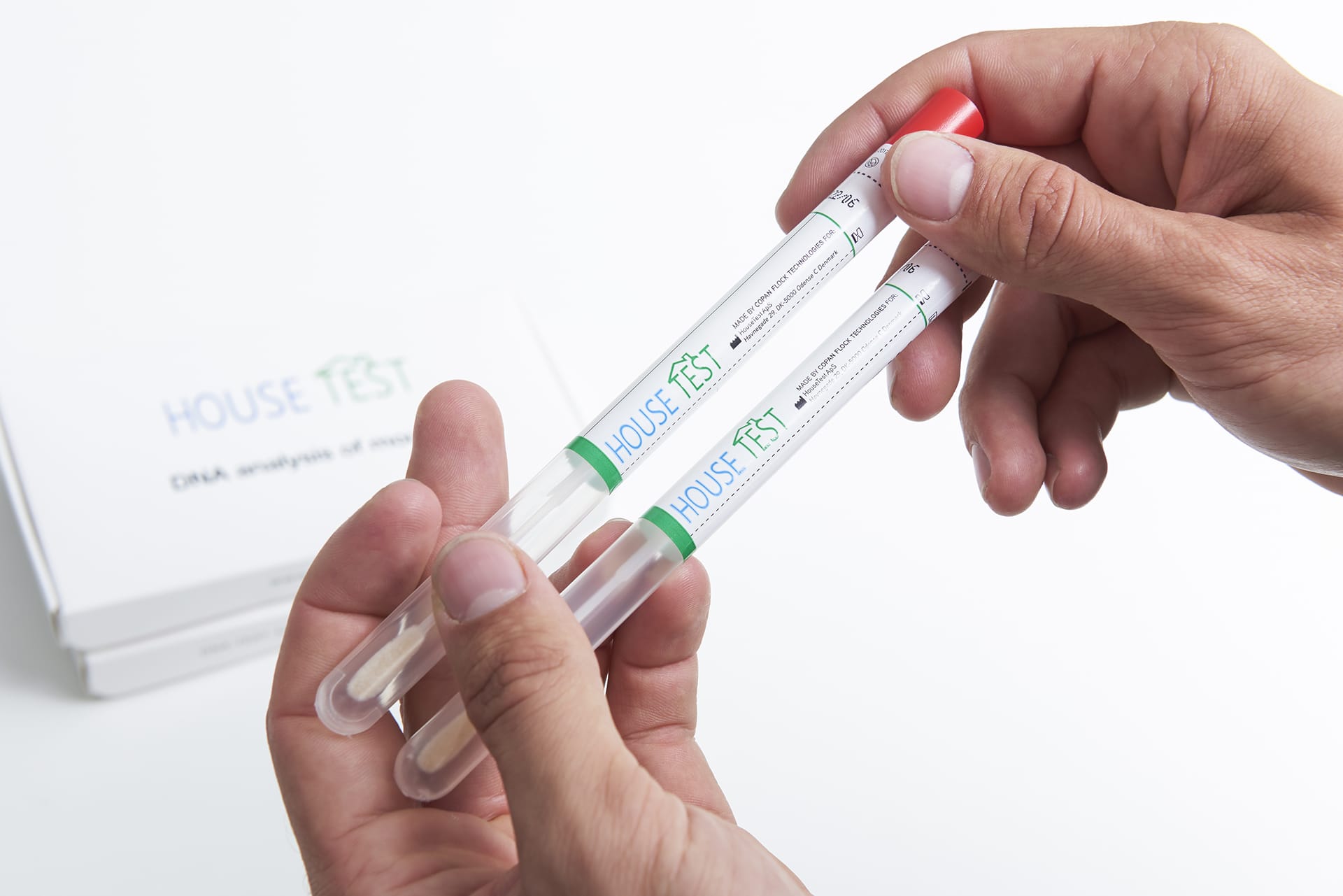
TripleTarget
For increased specificity the assay targets two viral RNA sequences, and furthermore CoronaSurface TripleTarget™ measures the amount of human DNA on the sampled surfaces. Human DNA does not pose a health hazard in itself, but can be used as a marker for the cleaning level. If the levels of human DNA are high, increased cleaning should consequently be considered, even though no SARS-CoV-2 is present, as low cleaning standards can pose a risk if a user of the building gets infected.

Avoiding the spread of SARS-CoV-2 in buildings
Frequent cleaning and disinfection of surface areas that are touched by several individuals (e.g. door handles, light switches and toilet seats) will effectively reduce the risk of spreading the disease. Common disinfection agents and UV-lighting can all be used.

Evaluation of UVC on SARS-CoV-2 RNA
The primary mechanism by which UVC radiation is killing coronaviruses such as SARS and MERS are by disrupting the covalent bonds, and inducing formation of pyrimidine dimers in the RNA thereby inhibiting viral replication.
HouseTest offers to evaluate commercial UVC solutions effect on SARS-CoV-2 RNA by using quantitative polymerase chain reaction (qPCR). The reaction is inhibited by dimerization/degradation of the viral RNA caused by UVC radiation, and consequently the dimerization/degradation can be quantified by comparing the qPCR results from UVC exposed samples to unexposed samples.
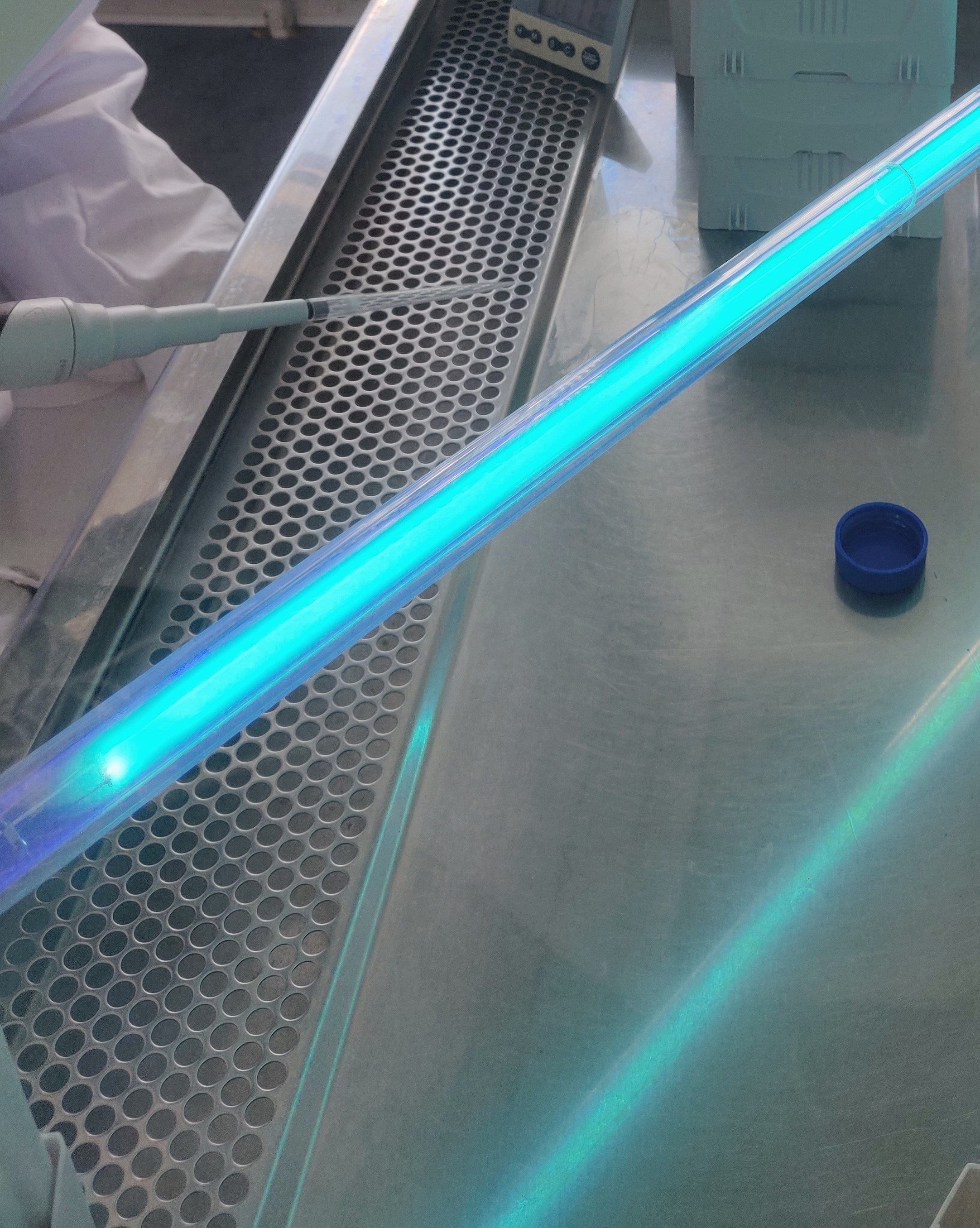
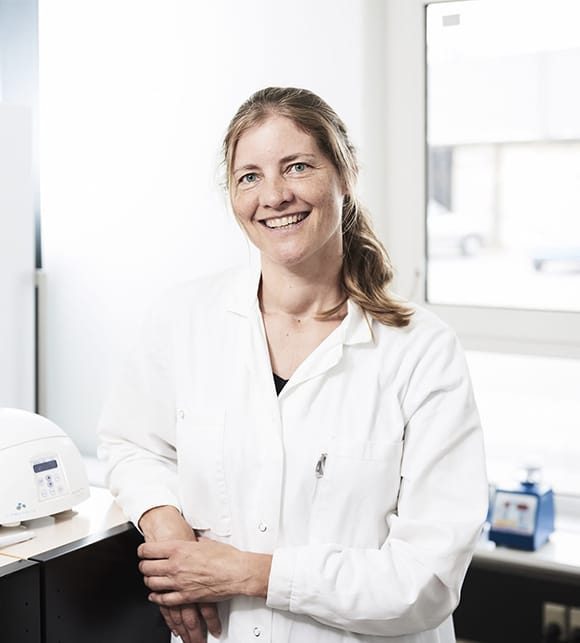
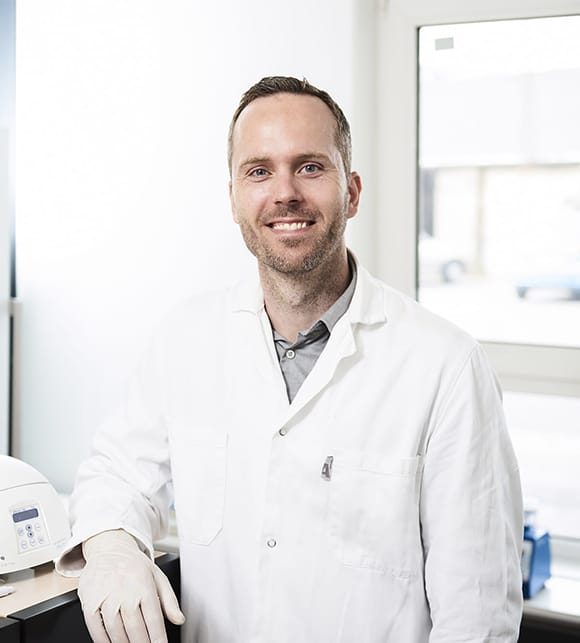
WANNA KNOW MORE?
Our specialist have a wide amount of knowledge within test of mould, so if you have any questions, ideas or suggestion, you are welcome to contact them.


